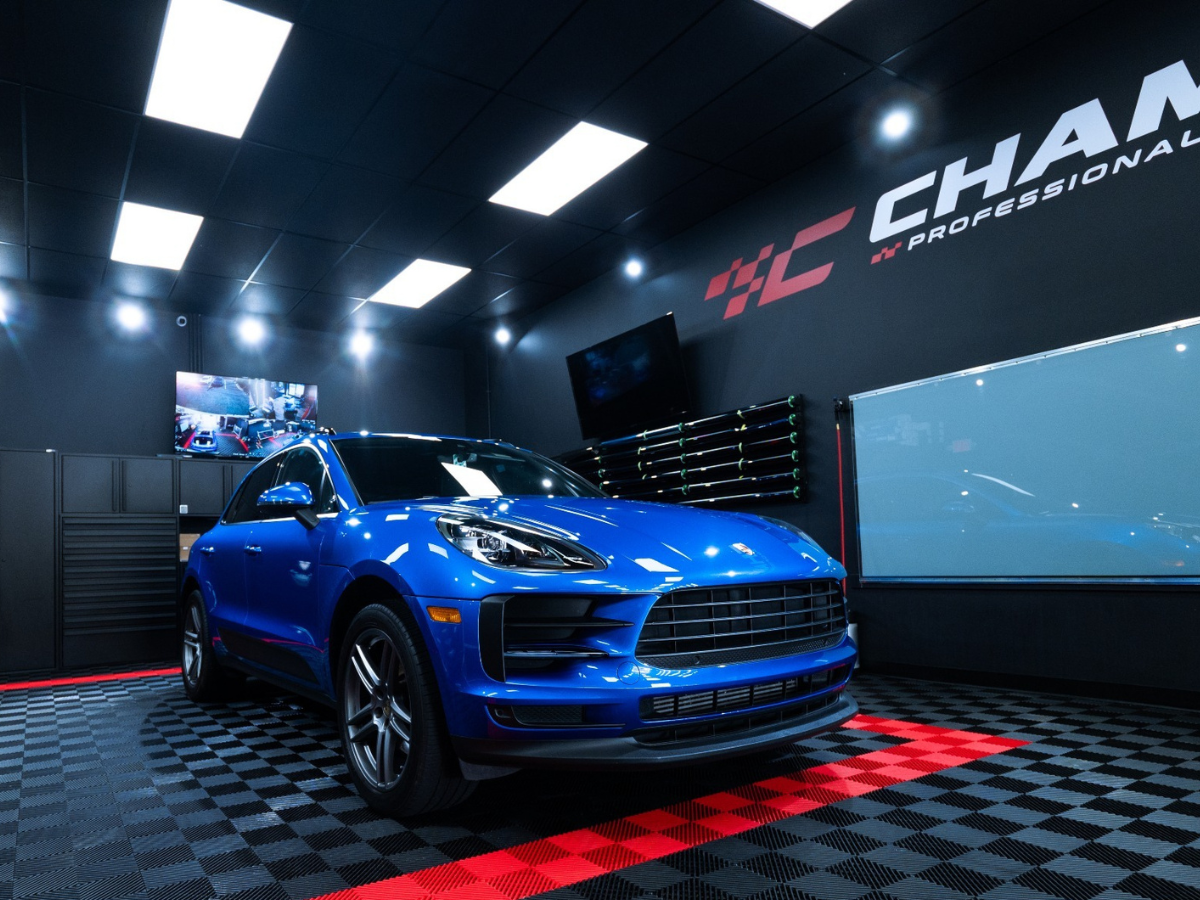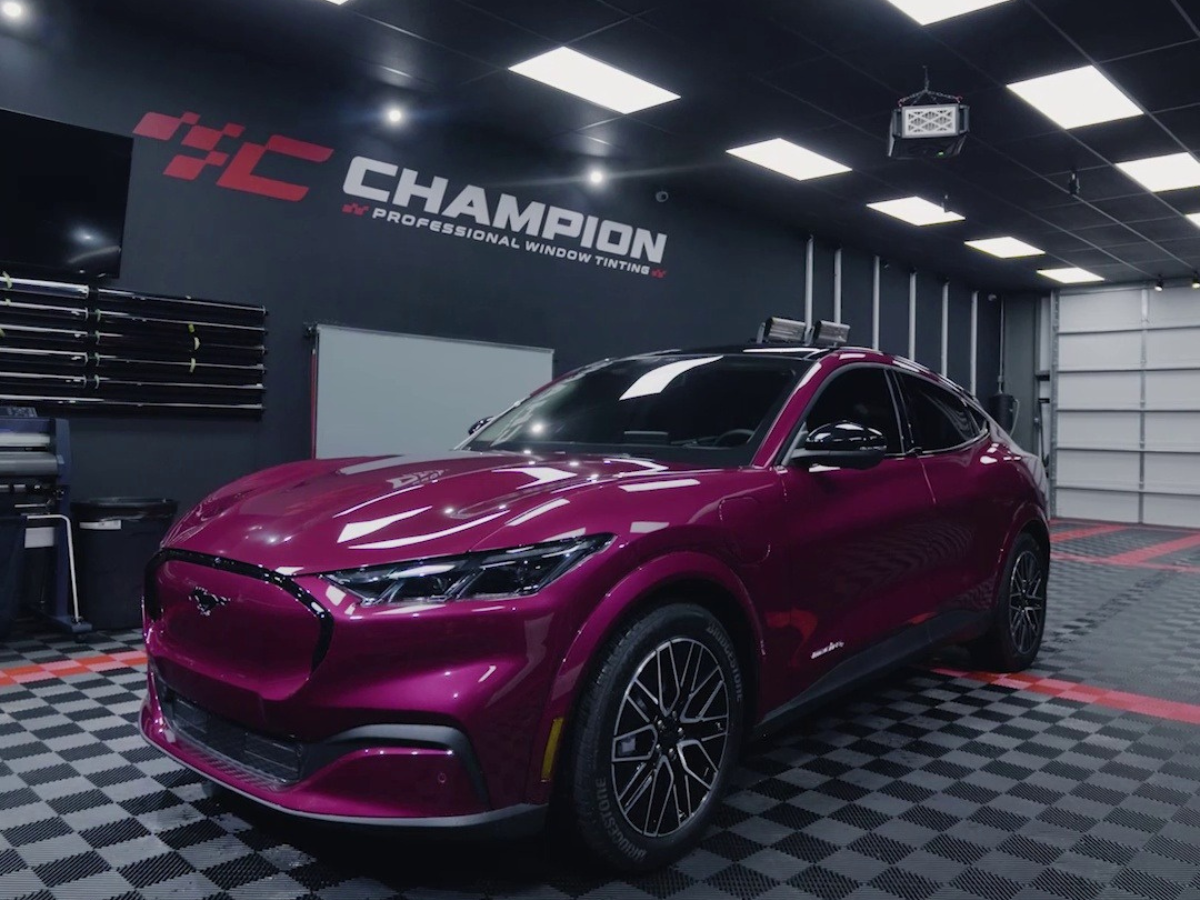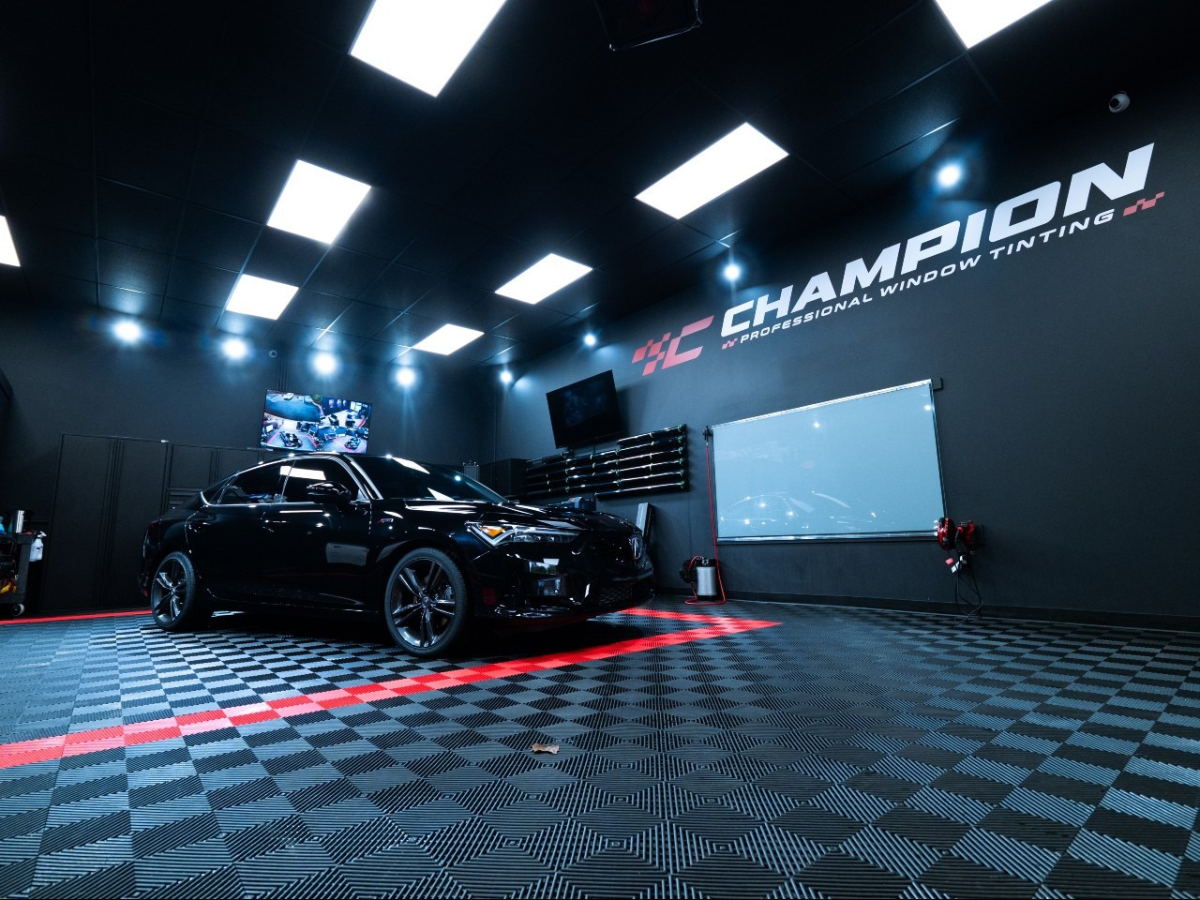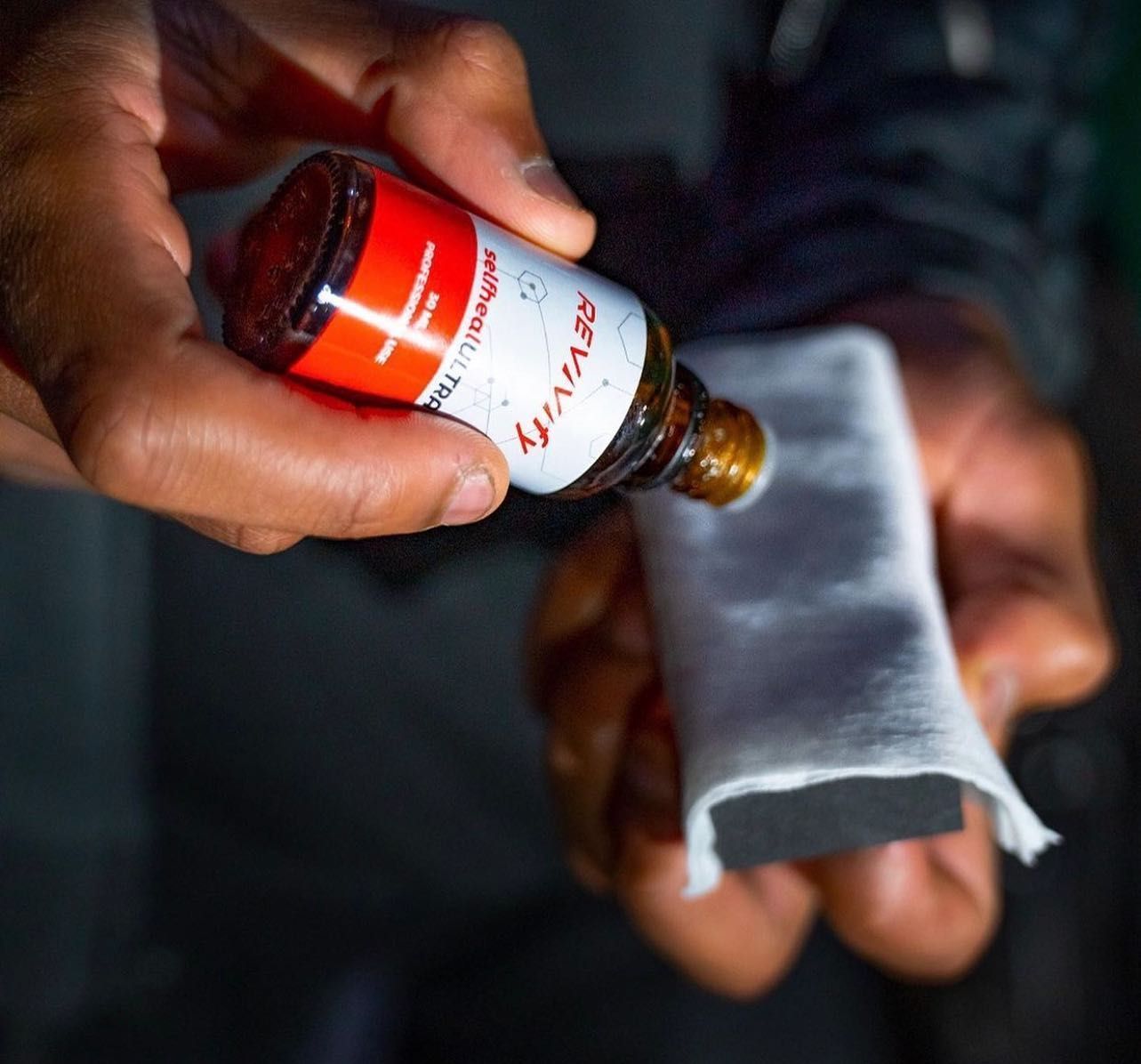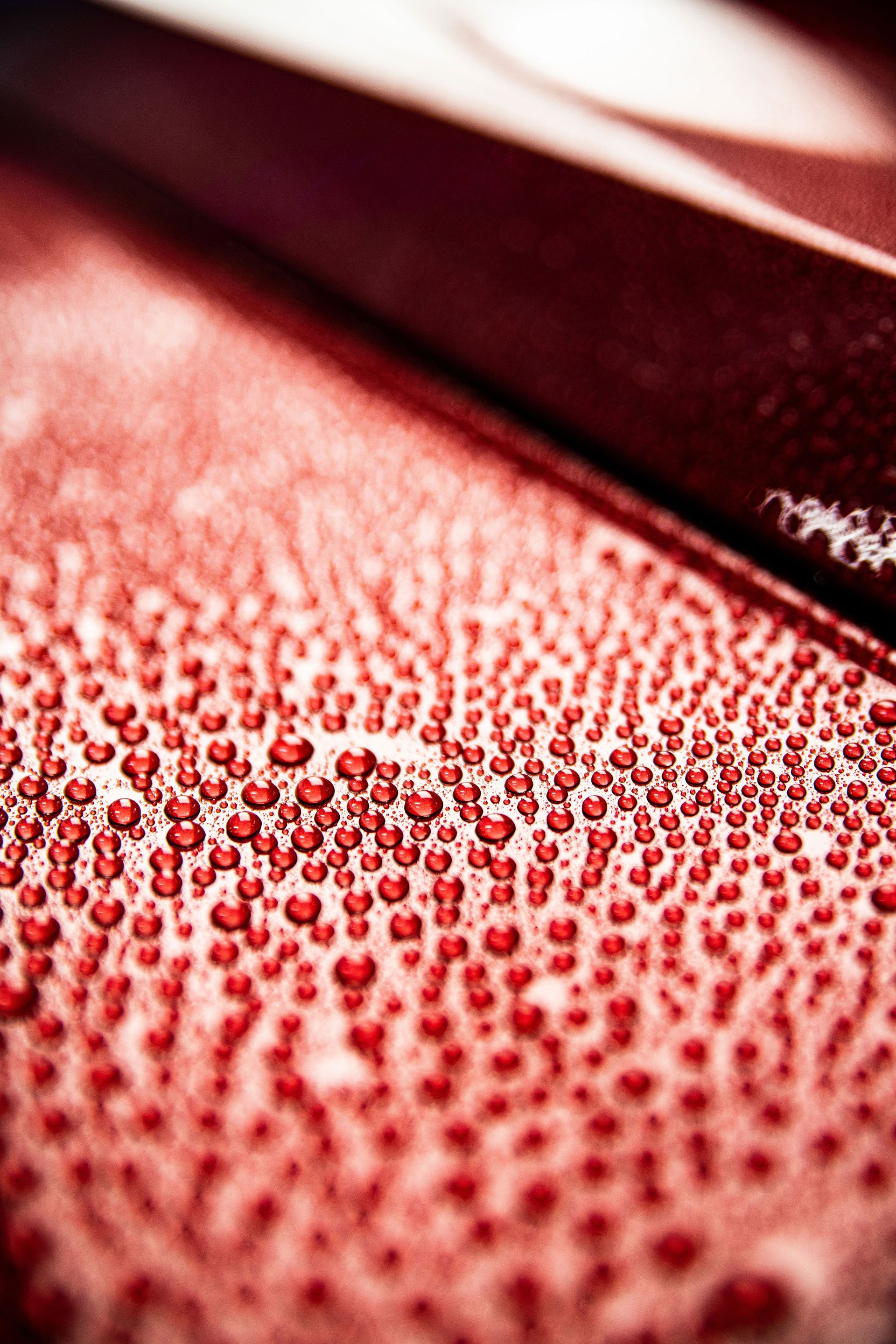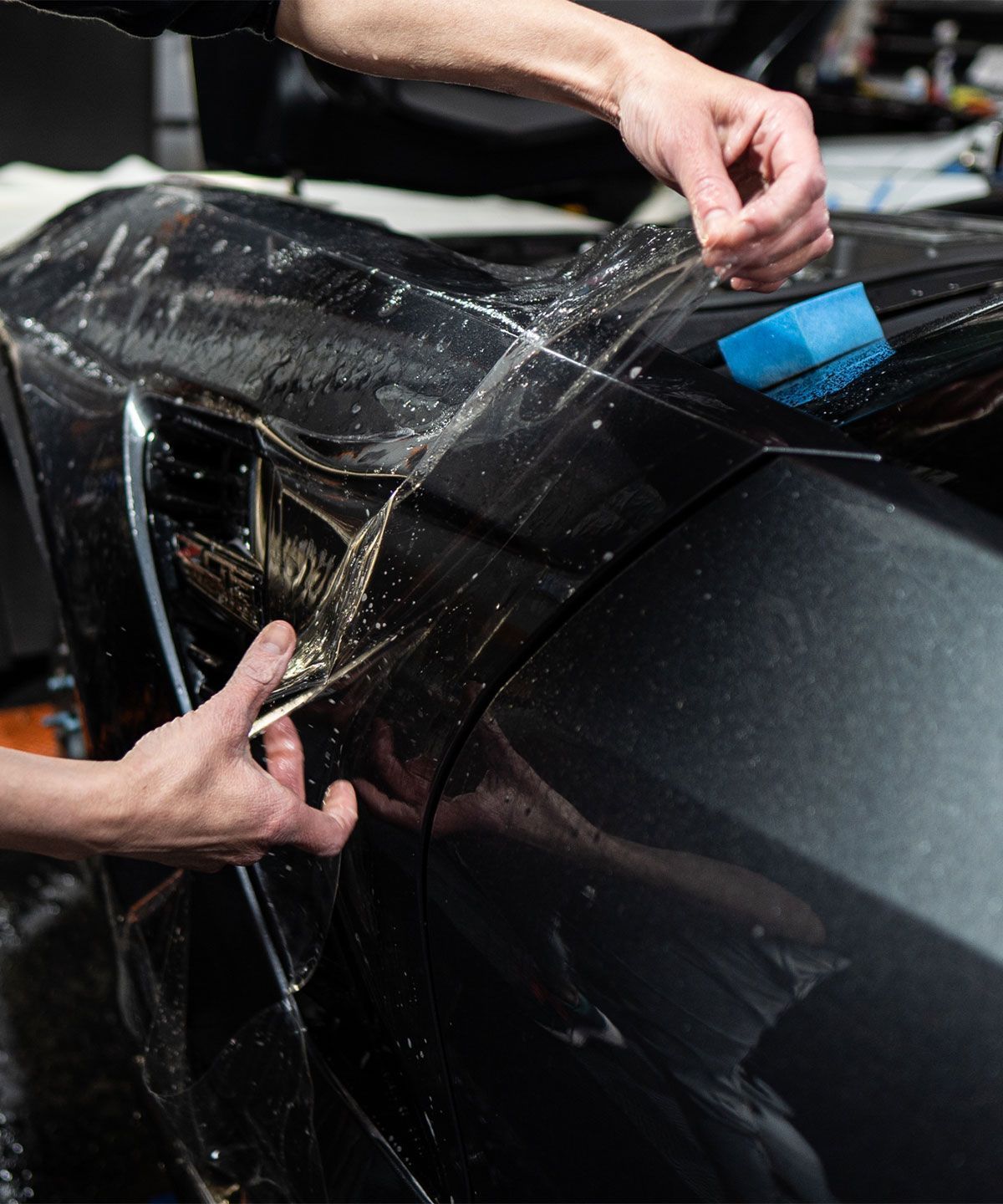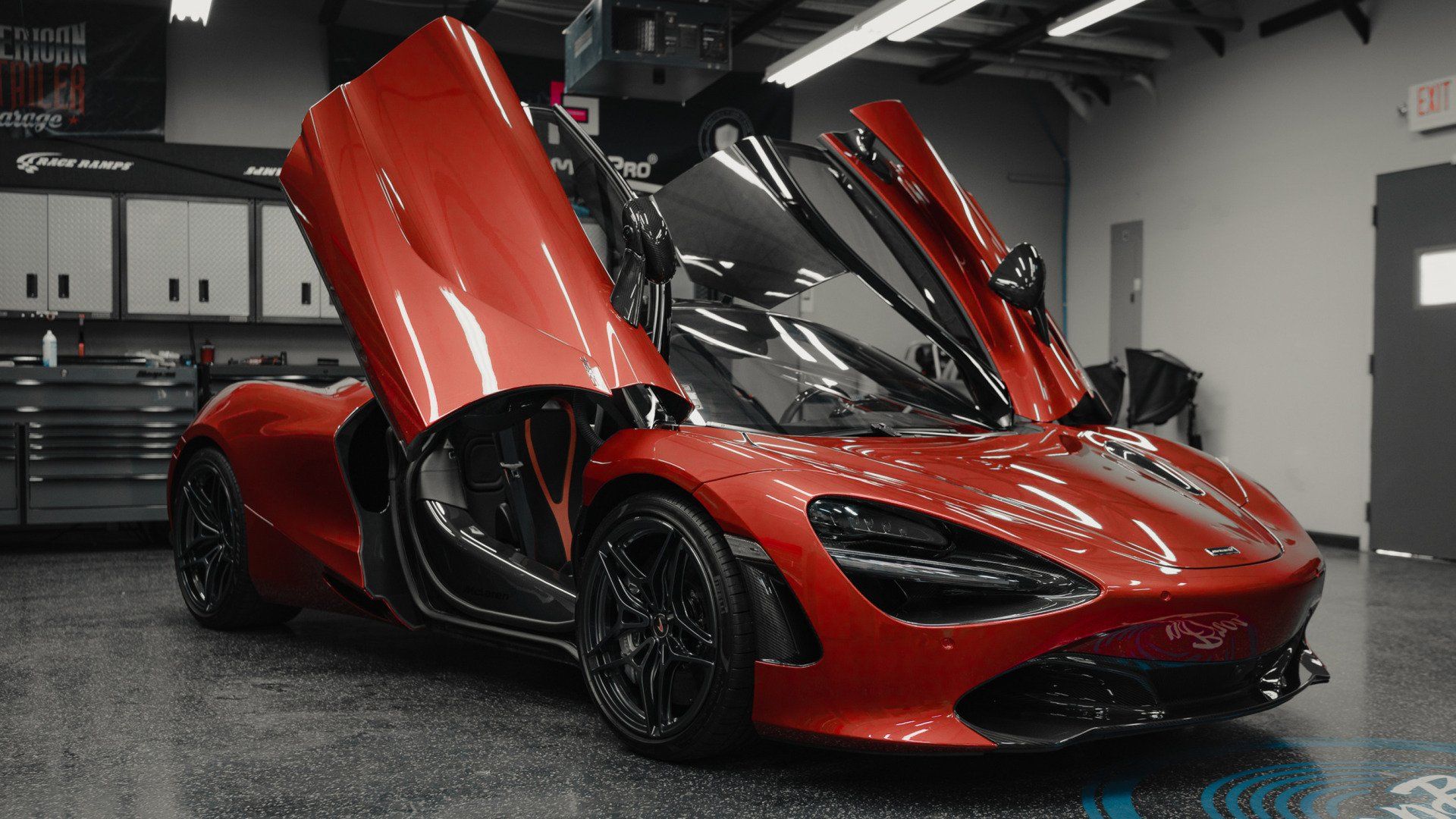A ceramic coating is a great investment for protecting your car’s paint. It adds a layer of hydrophobic protection that repels dirt, water, and contaminants, making maintenance easier. However, a ceramic-coated car still requires proper care. Using the wrong washing techniques can wear down the coating, reducing its longevity and performance.
If you want to keep your ceramic-coated vehicle looking its best, follow these do’s and don’ts when washing it.
What makes ceramic coatings different?
Unlike traditional waxes or sealants, ceramic coatings form a semi-permanent bond with your car’s paint. They provide a hydrophobic surface, meaning water, dirt, and grime slide off easily. However, this doesn’t mean your car is maintenance-free. Proper washing techniques are still necessary to preserve the coating’s effectiveness.
A ceramic-coated car doesn’t need frequent waxing, but improper washing can cause contaminants to build up on the surface, leading to water spots, swirl marks, and reduced hydrophobic properties. That’s why knowing how to wash a ceramic-coated vehicle the correct way is crucial.
Do’s: The right way to wash a ceramic-coated car
Use a pH-neutral car shampoo
Not all car shampoos are safe for ceramic coatings. Many contain harsh detergents or wax additives that can interfere with the coating’s hydrophobic properties. Always use a pH-neutral, wax-free shampoo designed for coated vehicles. This helps maintain the integrity of the coating while effectively removing dirt and grime.
Wash using the two-bucket method
The two-bucket method is one of the best ways to prevent scratches. Here’s how it works:
- One bucket holds clean, soapy water.
- The other bucket holds rinse water to clean your wash mitt before dipping it back into the soap.
This method prevents dirt from being reintroduced to the car’s surface, reducing the risk of swirl marks and scratches.
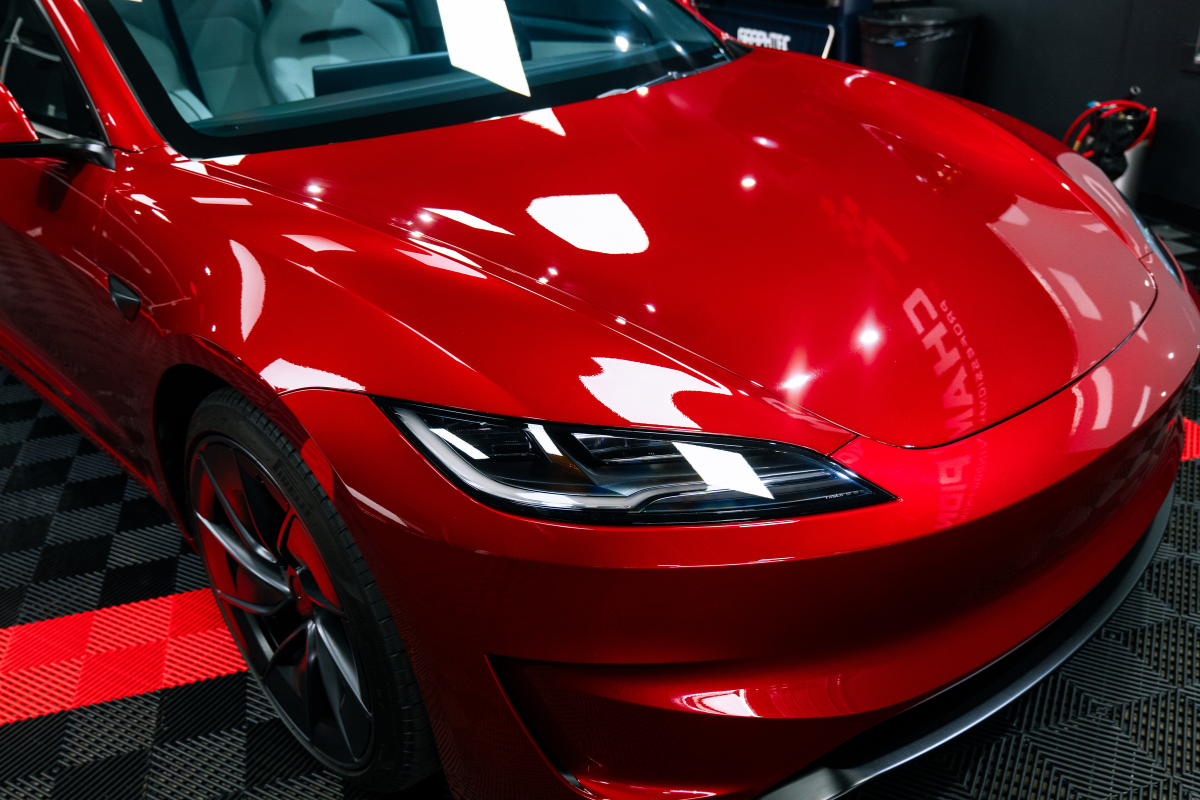
Use a high-quality microfiber wash mitt
Sponges and regular towels can be too abrasive for ceramic coatings. They tend to trap dirt and drag it across the surface, causing fine scratches. Instead, use a soft microfiber wash mitt that gently lifts dirt away.
Rinse thoroughly before washing
Before applying soap, rinse your car with water to remove loose dirt and debris. This initial rinse prevents particles from being rubbed into the surface during washing.
Work in small sections
To prevent soap from drying on the car, wash one section at a time. Start from the top and work your way down, rinsing each section thoroughly before moving to the next.
Dry with a microfiber towel or air blower
Leaving your car to air dry can result in water spots caused by minerals in the water. Instead, use a high-quality microfiber drying towel or an air blower to dry the surface completely.
Perform regular maintenance washes
Even though ceramic coatings offer strong protection, regular washing is necessary to keep contaminants from building up. Wash your car every two weeks to maintain the hydrophobic properties and prevent stubborn dirt from sticking to the surface.
Don’ts: What to avoid when washing a ceramic-coated car
Don’t use automatic car washes
Automatic car washes might be convenient, but they’re not safe for ceramic coatings. The abrasive brushes and harsh chemicals used in these washes can degrade the coating, leaving behind swirl marks and reducing its lifespan. Stick to hand washing for the best results.
Avoid harsh or abrasive cleaners
Strong degreasers, acidic cleaners, and all-purpose household detergents can strip away the ceramic coating. Only use car shampoos that are specifically formulated for coated vehicles to avoid damaging the surface.
Don’t wash in direct sunlight
Washing your car in direct sunlight can cause water and soap to dry too quickly, leading to streaks and water spots. Instead, wash your car in a shaded area or during cooler parts of the day, such as early morning or evening.
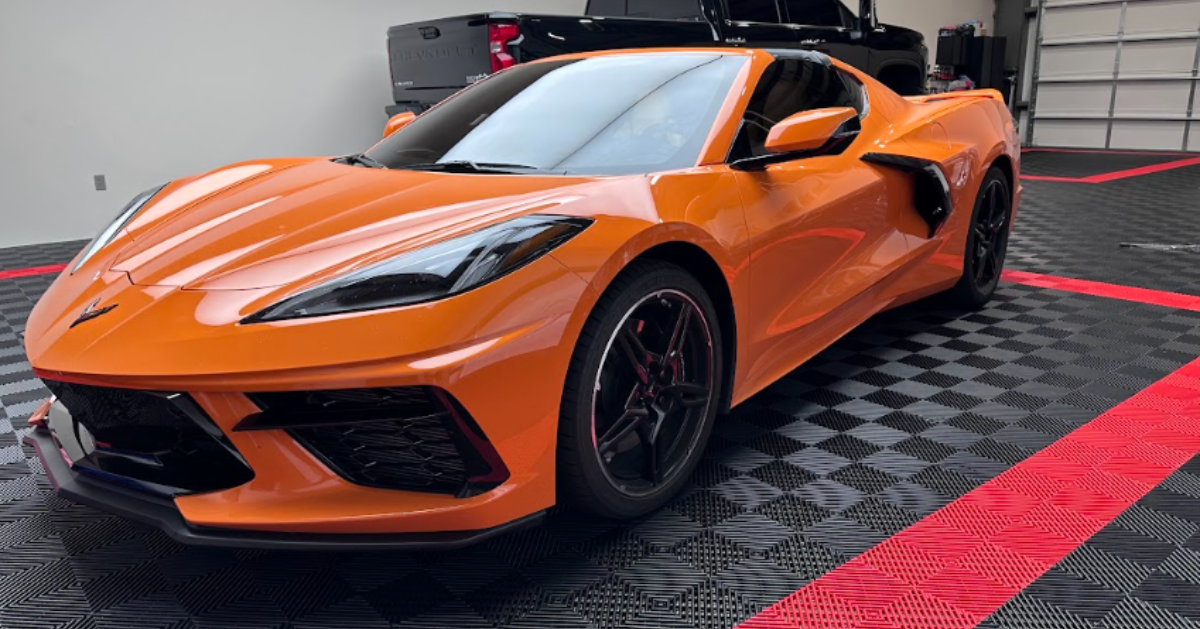
Avoid using hard water
Hard water contains minerals that can leave unsightly water spots on your car’s surface. If possible, use filtered or deionized water for a spot-free rinse. If you must use regular tap water, dry the car immediately to prevent mineral deposits.
Don’t use wax or sealants over the coating
Ceramic coatings eliminate the need for traditional waxes and sealants. Adding wax on top of the coating can create buildup and streaking, reducing the effectiveness of the hydrophobic properties. If you want to enhance protection, use a ceramic booster spray designed for coated vehicles.
Don’t let contaminants sit on the surface
Even with a ceramic coating, contaminants like bird droppings, tree sap, and bug splatter can still stick to the surface. If left unattended, these can etch into the coating and become difficult to remove. Always clean off contaminants as soon as possible using a safe detailing spray or rinseless wash.
Keep your ceramic-coated car looking flawless
Ceramic coatings provide incredible protection, but they are not maintenance-free. By following these do’s and don’ts, you can extend the life of your coating and keep your car looking spotless for years to come.
If you need professional ceramic coating maintenance or detailing services, Champion Window Tinting is here to help! Our expert team ensures your vehicle receives the best care possible. Visit us at 10415 Bailey Rd, Cornelius, NC 28031, or call 704-275-2002 to schedule your appointment!

